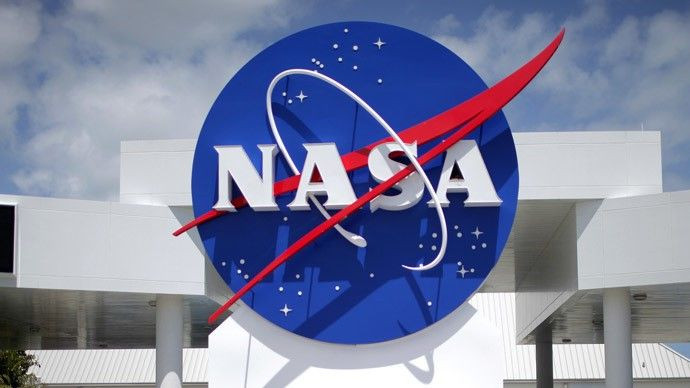NASA: Early Earth Likely To Have Been Hit By Giant Asteroids

Early Earth was most likely hit by giant asteroids, suggests a research through a computer simulation model based on a moon crater by an international team of researchers at the National Aeronautics and Space Administration.
The crust of the planet, about four billion years ago, suffered a series of collisions with huge asteroids that left the surface with an extreme makeover, where it had been melted, mixed and buried.
The findings are part of a paper called "Widespread Mixing and Burial of Earth's Hadean Crust by Asteroid Impacts" published in the journal Nature.
A new terrestrial bombardment model shows that asteroid collisions played a much bigger role than the geologic eon called "Hadean" in the evolution in the topmost layers of early Earth, almost 4 billion years ago.
Yvonne Pendleton, the director of NASA's Solar System Exploration Research Virtual Institute, said that a considerable amount of the crust of the planet could have been buried by a large asteroid impact which could have resulted in melting of the surface.
He continued that the new model helped to understand how repeated impacts of the asteroid could have possible buried the earliest and oldest rocks of the Earth.
The Earth is said to have gone through a series of major growth phases: the first and initial phase was an accumulation of over ten million years of planetesimals into a bigger body which became the planet; then comes the formation of the moon due to an impact with a large proto-planet; the third one is considered to be a periodic bombardment of asteroids, much bigger than that which led to the extinction of the dinosaurs.
According to a release by NASA, the large impacts of the asteroids seemed to have had severe effects on the existing ecosystems. Global sterilization and vaporisation of all the planet's oceans could have been caused by large impact collisions more than four billion years ago.





















